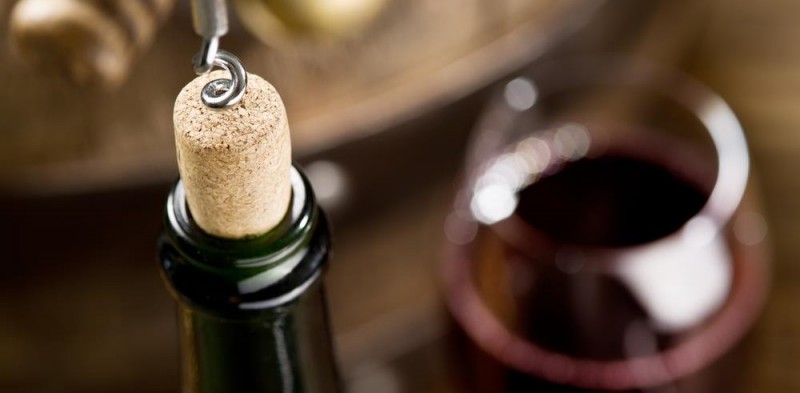Wine is the drink of the gods and pharaohs. It has beneficial properties and has a positive effect on the cardiovascular system of the human body. But it is worth remembering that everything is good in moderation.
In addition, the wine has excellent taste qualities that can be preserved for many years or even decades. More than once bottles of the drink have been found in sunken ships, or abandoned and forgotten cellars, but the contents have revealed their full bouquet and flavor. It will be no secret that some varieties only reveal the fullness of their flavor over time. It turns out that it is much easier to preserve wine when it is corked than when it is open (we are talking about a real drink, without the addition of powders, dyes and various emulsifiers).
Each type of this beverage has its own shelf life, but the conditions are the same.
Wine preservation conditions
Lack of light. Never allow direct sunlight or fluorescent lights. White wines are the most susceptible to exposure to light, but reds will also deteriorate if exposed to excessive light.
Proper temperature control. The temperature regime plays a serious role in the maturation of the drink. High temperature accelerates the process and at the same time does not allow to fully reveal all the taste properties, low temperature – on the contrary, slows it down. Optimal temperature 10-12 degrees Celsius, only strong – dessert varieties 14-16 degrees. In addition, it is worth remembering that fluctuations in temperature will spoil the drink.
Room humidity and ventilation. The humidity level should be kept between 65-80%. If the humidity drops, the cork will begin to dry out and the drink will evaporate. If the humidity is too high, it can lead to mold.
Ventilation is necessary because the beverage breathes and absorbs odors in the vicinity, which eventually leads to changes in the properties of the wine.
Keeping it rested. To store wine, you should choose a room that is away from exposure to noise and vibration.
Store the wine only in an upright position, so that the cork does not dry out, oxygen does not enter the bottle, and oxidation does not occur.
Unfortunately, there is no way to avoid the oxidation process once the bottle is opened. It is the ingress of oxygen into the bottle that accelerates the decomposition process. To prolong the life of the wine it is worth following a few rules, but keep in mind that this period is not that long, and it is different for each variety.
Storage times for wine after opening
- Sparkling varieties – up to 24 hours.
- White varieties – up to 3 days.
- Pink varieties – up to 3 days.
- Light-bodied red varieties – up to 3 days.
- Full-bodied red varieties – up to 5 days.
- Sweet and fortified varieties – up to 7 days, this is due to the amount of sugar and alcohol in the wine.
It often happens that after an event, the contents are left in the bottle, which is no longer possible to drink at the moment, and it’s a pity to pour it out.

Ways to preserve wine after opening
Vacuum stopper. Thanks to a special device, the air trapped in the bottle is pumped out and then closed tightly with another cap.
Replacing air with gas. This procedure is also done with a special device, only this time the air is not simply evacuated, but is replaced by another gas that does not affect the properties of the wine.
Transfusion. This is probably the simplest and most uncomplicated method. All you have to do is find a suitable container in which there is no room for air in the bottle. The wine must be poured to the brim and closed with a lid.
Refrigeration. Another uncomplicated and simple way to preserve wine is simply to put the bottle of wine in the refrigerator. And if you also combine this method with pouring, then the taste properties of the wine are preserved as much as possible.
Freezing. This method of preserving the drink is acceptable if there is no desire or opportunity to drink the drink in the future. It is worth pouring it into an ice mold, freezing it, and then using it later in cooking, for example, adding it to a sauce.
Keep in mind that all these methods prolong the life of the drink for a fairly short period and do not guarantee 100% preservation of flavor qualities, because the process of oxidation has already been initiated in the process of bottling.






